Flag of Kenya
- Flag Type: State
- Proportions (official): 2:3
- Official name: Republic of Kenya
- Local name: Jamhuri ya Kenya, Republic of Kenya
- Sovereignty (year): YES (1963)
- Member of Organizations: UN, Commonwealth of Nations, African Union, East African Community
- Country code, territory: KE, KEN, 404
- Capital: Nairobi
- Large cities: Mombasa, Nakuru, Ruiru
- Population: ~56,400,000 (2024, UN)
- Religions: Christianity ~85.5%, Islam ~11%
- Area (km²): 580 367
- Highest point: Mount Kenya (5,199 m)
- Lowest point: Indian Ocean (0 m)
- Currency: Kenyan shilling (KES, KSh)
- Languages: Swahili, English
- Dialing code: +254
- National domain: .ke
Flag Information
General information
Demography and Culture
Economy and communications
- All Flags
- Flags of Countries by Continent
-
Flags of Organizations
- Flags of UN countries
- Flags of the European Union countries
- Flags of NATO countries
- Flags of the countries of the Organization of Islamic Cooperation
- Flags of the countries of the Organization of American States
- Flags of the Arab League countries
- Flags of the African Union countries
- Flags of the countries of the Union of South American Nations
- Flags of the Commonwealth of Nations
- Flags of the countries of the Secretariat of the Pacific Community
- Flags of the Nordic Council countries
- Flags of the Caribbean Community
- Flags of the countries of the Association of Southeast Asian Nations
- Flags of the East African Community
- Flags of the countries of the Organization of Turkic States
- LGBT Community Flags
- Historical Flags
- Ethnic Flags
- Flags of the USA (states)
Description
The national flag of the Republic of Kenya is a powerful and iconic symbol that embodies the nation's struggle for independence, its rich cultural heritage, and its aspirations for peace, unity, and prosperity. Adopted on December 12, 1963, the day Kenya gained full independence from British colonial rule, the flag is a direct reflection of the values and ideals that fueled the anti-colonial movement and continue to guide the nation. Its design, steeped in history and vibrant symbolism, makes it one of the most recognizable and meaningful flags in Africa.
Design and Symbolism: A Shield of Nationhood
The flag of Kenya is a horizontal tricolor of black, red, and green, separated by narrow white fimbriations. Superimposed in the center of the flag is a traditional Maasai shield, behind which are two crossed white spears. Each color and element carries profound national significance:
-
Black (Top Stripe): The uppermost stripe is black. This color powerfully represents the people of Kenya, specifically the indigenous African majority. It symbolizes their dignity, their identity, and their unified stand against oppression during the colonial era. It is a tribute to the struggles and sacrifices made for freedom and self-determination.
-
Red (Middle Stripe): The central stripe is a vibrant red. This color symbolizes the blood shed during the struggle for freedom and the fight for independence. It honors the courage, sacrifice, and determination of those who fought against colonial rule. It's a poignant reminder of the price of liberty.
-
Green (Bottom Stripe): The lowest stripe is green. This color represents the natural wealth and agricultural land of Kenya. It symbolizes the country's lush landscapes, its fertile soil, and its rich biodiversity, including the vast savannas and forests that are vital to its economy and environment. It reflects the nation's strong connection to its land and its resources.
-
White Fimbriations (Thin Stripes): Separating the black, red, and green stripes are two very thin white fimbriations (borders). White consistently symbolizes peace and unity. These fimbriations signify the peaceful coexistence of all races and ethnic groups within Kenya and the desire for harmony and reconciliation following the struggle for independence. They represent the shared commitment to building a unified nation.
-
Maasai Shield and Crossed Spears (Center Emblem): The most distinctive feature of the flag is the traditional Maasai warrior's shield superimposed over two crossed white spears at the center. This emblem is rich in symbolism:
-
Maasai Shield: The Maasai are an iconic indigenous ethnic group known for their warrior traditions and their role in Kenya's cultural landscape. The shield symbolizes the defense of freedom and the readiness to defend the nation's hard-won independence. It represents the protection of the land, the people, and the values enshrined in the constitution.
-
Crossed Spears: The two white crossed spears behind the shield further emphasize the theme of defense. They signify the readiness to protect the nation's sovereignty from any threat. While they represent military preparedness, their white color simultaneously underscores that such defense is always undertaken in the pursuit and maintenance of peace.
-
The entire design of the flag communicates a powerful message: a nation of unified people (black) who achieved their freedom through sacrifice (red), living peacefully (white) on their rich land (green), and who are perpetually ready to defend (shield and spears) their hard-won independence and peace.
Dimensions and Proportions:
The official proportions of the Flag of Kenya are a width-to-length ratio of 2:3. This is a standard and common ratio for many national flags, providing a visually balanced and easily reproducible design. The three main horizontal stripes (black, red, and green) are of equal width. The white fimbriations are much narrower, serving as a subtle but important separator. The central emblem of the Maasai shield and spears is proportionally sized to be prominent without overwhelming the stripes, typically occupying about two-thirds of the flag's vertical height and centered horizontally within the red stripe.
History and Evolution: From Colonial Rule to Self-Determination
The history of the Kenyan flag is inextricably linked to the nation's arduous journey from British colonial rule to full independence.
-
Colonial Era (British East Africa Protectorate / Kenya Colony): For much of the 20th century, Kenya was a British colony. The official flag used during this period was the British Blue Ensign, defaced with the colonial badge of Kenya. This badge typically featured a red lion rampant (standing on its hind legs) on a white disc. This colonial flag represented British authority and control, with no indigenous symbolism.
-
Rise of Nationalism and the Mau Mau Uprising: In the mid-20th century, a powerful nationalist movement emerged in Kenya, fueled by demands for self-governance, land rights, and an end to racial discrimination. The Kenya African Union (KAU), led by figures like Jomo Kenyatta, played a crucial role. This period also saw the Mau Mau Uprising (1952-1960), a violent but ultimately influential struggle against British rule. The colors of the future national flag began to emerge from the symbols of these liberation movements.
-
Kenya African National Union (KANU) Colors: The Kenya African National Union (KANU), the political party that led Kenya to independence, adopted a flag with horizontal stripes of black, red, and green. These colors, already imbued with the meanings that would later be transferred to the national flag (black for the people, red for struggle, green for the land), became powerful symbols of the independence movement.
-
Adoption of the National Flag (1963): When Kenya achieved Uhuru (Swahili for freedom/independence) on December 12, 1963, the new national flag was officially adopted. The design was directly derived from the KANU party flag, but with the crucial addition of the white fimbriations to symbolize peace and unity, and the central Maasai shield and spears emblem to signify defense and readiness to protect the new nation. This transformation from a party flag to a national flag underscored the broad support for the independence ideals and the inclusivity of the newly formed state.
-
Continuity and Stability: Since its adoption, the flag has remained unchanged, serving as a consistent symbol of national unity, sovereignty, and the enduring principles of the independent Republic of Kenya. Its stability reflects the nation's commitment to the values it represents.
The flag's creation marked a pivotal moment in Kenyan history, signifying the triumphant end of colonial subjugation and the dawn of a new era of self-rule and national pride.
Regional Context and East African Identity:
Kenya is a prominent nation in East Africa, bordering Somalia, Ethiopia, South Sudan, Uganda, and Tanzania, and has a significant coastline on the Indian Ocean. Its flag, with its strong Pan-African colors (black, red, green), reflects a broader trend among many African nations that gained independence in the mid-20th century. These colors were popularized by Marcus Garvey's Universal Negro Improvement Association and African Communities League (UNIA-ACL) and later adopted by various liberation movements across the continent.
While sharing the Pan-African color scheme with flags like that of Malawi, South Sudan, and Ethiopia (in different arrangements), the Kenyan flag uniquely distinguishes itself with the prominent central emblem of the Maasai shield and crossed spears. This emblem roots the flag firmly in Kenyan culture and history, differentiating it from other Pan-African flags that might use simpler designs or different central motifs. The Kenyan flag's design is therefore a powerful statement of both its African solidarity and its distinct national identity within the East African context. It symbolizes the country's commitment to African unity while simultaneously asserting its unique cultural heritage and readiness to defend its sovereignty.
Interesting Facts:
-
Pan-African Colors: The black, red, and green stripes are widely recognized Pan-African colors, symbolizing the people, the blood shed for liberation, and the natural wealth of the continent.
-
Derived from a Party Flag: The flag's basic design was inspired by the flag of the Kenya African National Union (KANU), the political party that led the country to independence.
-
Unique Maasai Symbolism: The Maasai shield and crossed spears are distinct features that make the Kenyan flag stand out among other national flags. It's one of the few flags to prominently feature weaponry.
-
Symbol of Self-Defense: The shield and spears emphasize the nation's readiness to defend its freedom and sovereignty, rather than aggression. The white color of the spears further reinforces the idea of defense for peace.
-
Adopted on Independence Day: The flag was officially adopted on December 12, 1963, the very day Kenya gained independence from British rule, making it a direct symbol of its sovereignty.
-
White for Peace and Unity: The thin white fimbriations are crucial for their symbolism of peace and unity among all races in Kenya.
-
Maasai Cultural Icon: The inclusion of the Maasai shield highlights the cultural diversity and warrior traditions of Kenya, making the flag a tribute to one of its most iconic ethnic groups.
-
Stable Design: Unlike some nations that have changed their flags multiple times, the Kenyan flag has maintained its original design since its adoption, reflecting stability and continuity.
-
A Call for Reconciliation: The white stripes, especially in the context of the struggle for independence and ethnic diversity, serve as a reminder and a call for ongoing national reconciliation and harmony.
-
National Motto Reflection: The flag's symbolism aligns with Kenya's national motto, "Harambee," a Swahili term meaning "pulling together" or "all pull together," emphasizing unity and collective effort.
Significance for the Inhabitants: A Proud Banner of Identity, Sacrifice, and Hope
For the people of Kenya, their national flag is far more than just a piece of fabric; it is a profound and living embodiment of their history, their identity, and their collective aspirations. It stirs deep emotions of patriotism, pride, and solidarity, acting as a constant reminder of the journey their nation has undertaken and the values that define them.
The black stripe resonates deeply with the dignity and resilience of the Kenyan people, particularly those who endured colonial oppression. It is a powerful affirmation of their identity as a proud African nation, reminding them of their heritage and the strength found in their unity. The red stripe evokes a solemn reverence for the sacrifices made by their forefathers and mothers during the struggle for independence. It is a poignant reminder of the blood shed, the courage demonstrated, and the determination required to break free from colonial rule. This color ensures that the memory of the liberation struggle remains etched in the national consciousness, fostering gratitude and a commitment to preserving the hard-won freedom.
The green stripe represents the breathtaking natural beauty and agricultural abundance of Kenya – from the fertile highlands to the vast savannas teeming with wildlife. It symbolizes the promise of prosperity derived from their land and the responsibility to steward these resources for future generations. It connects every Kenyan to the very soil beneath their feet.
The white fimbriations, though narrow, carry immense weight. They are a daily reminder of the aspiration for peace and unity among all Kenyans, regardless of their ethnic, religious, or social backgrounds. In a nation with diverse communities, these white lines symbolize the bridges of understanding and reconciliation that must constantly be built and maintained. They embody the national motto of "Harambee," urging everyone to pull together for the common good.
Finally, the central Maasai shield and crossed spears are a source of immense pride and a powerful statement of self-reliance. They represent the nation's unwavering resolve to defend its sovereignty and its values against any threat, internal or external. It's a symbol not of aggression, but of vigilance and preparedness to safeguard the peace and freedom that have been so dearly bought.
In schools, during national holidays, at sporting events, and in daily life, the Kenyan flag is displayed with profound respect. It is a unifying emblem that transcends tribal and political divisions, serving as a constant source of inspiration and a rallying point for collective action towards a harmonious, prosperous, and secure future for all Kenyans. It truly represents the heart and soul of the nation.
In the demonstration images, full-size flags are shown with proportions of 2:3, and hand-held flags with proportions of 1:2.
Donation
Download
Completely free for commercial and non-commercial use (public domain).
You can freely use them in your news magazines, websites, software, mobile applications.
We appreciate a backlink to https://flagssite.com
Raster files - Flag of Kenya (PNG, JPG)
 Waving flag
Waving flag
- PNG format (transparent background), 72dpi, dimensions in Pixels (px), aspect ratio 3:4.
- 15х20 px
- 30х40 px
- 60х80 px
- 120x160 px
- 240x320 px
 Sizes:
Sizes:
"v15" - image size (by height); if necessary, replace with available: v15, v30, v60, v120, v240.
!!! For resizing, use the Latin (eng) keyboard layout.
<img src="https://flagssite.com/flags/v15/20419.png" alt="Flag of Kenya">
 Round flag
Round flag
- PNG format (transparent background), 72dpi, dimensions in Pixels (px), aspect ratio 1:1.
"d15" - image size (diameter); if necessary, replace with available: d15, d30, d60, d120, d240.
!!! For resizing, use the Latin (eng) keyboard layout.
<img src="https://flagssite.com/flags/d15/20419.png" alt="Flag of Kenya">
 Rectangular flag 2:3
Rectangular flag 2:3
- JPG format, 72dpi, dimensions in Pixels (px), aspect ratio 2:3.
"h30" - image size (by height); if necessary, replace with available: h15, h30, h60, h120, h240, h360, h480.
!!! For resizing, use the Latin (eng) keyboard layout.
<img src="https://flagssite.com/flags/h30/20419.jpg" alt="Flag of Kenya">


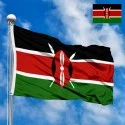
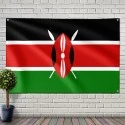
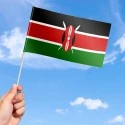



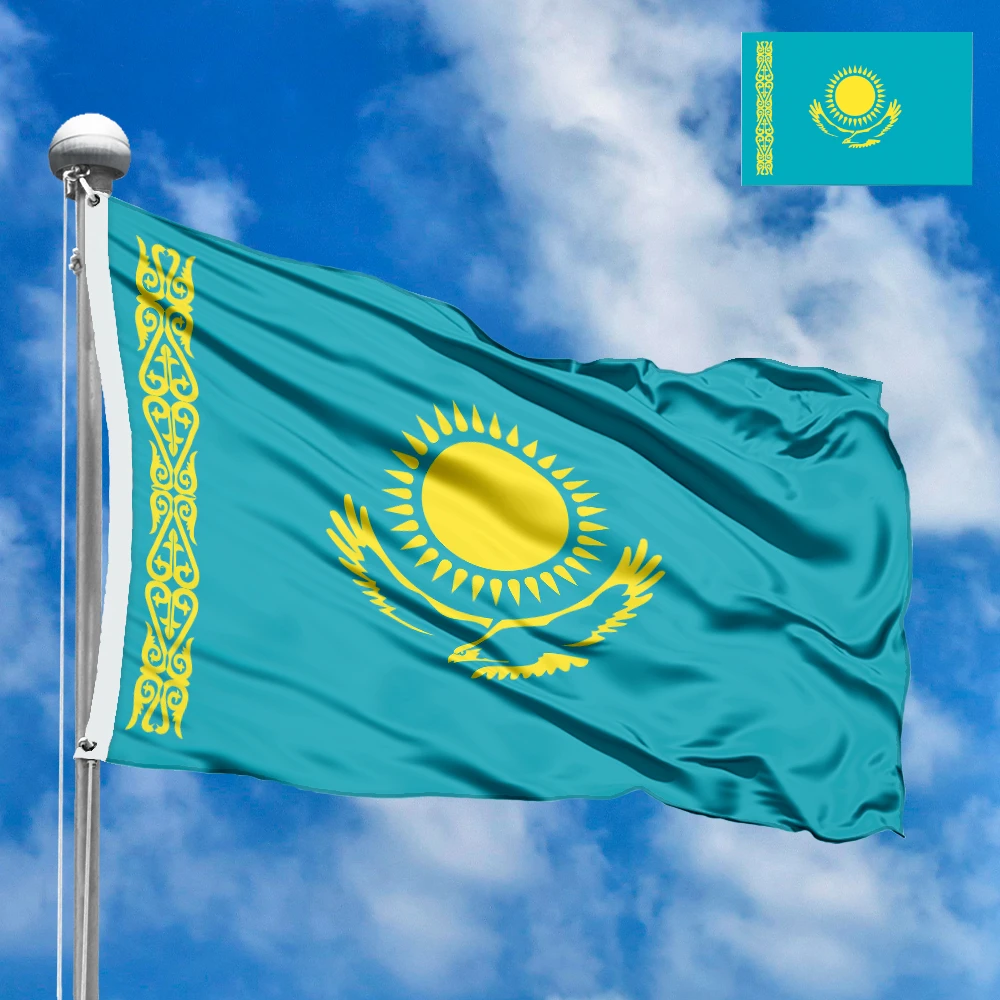

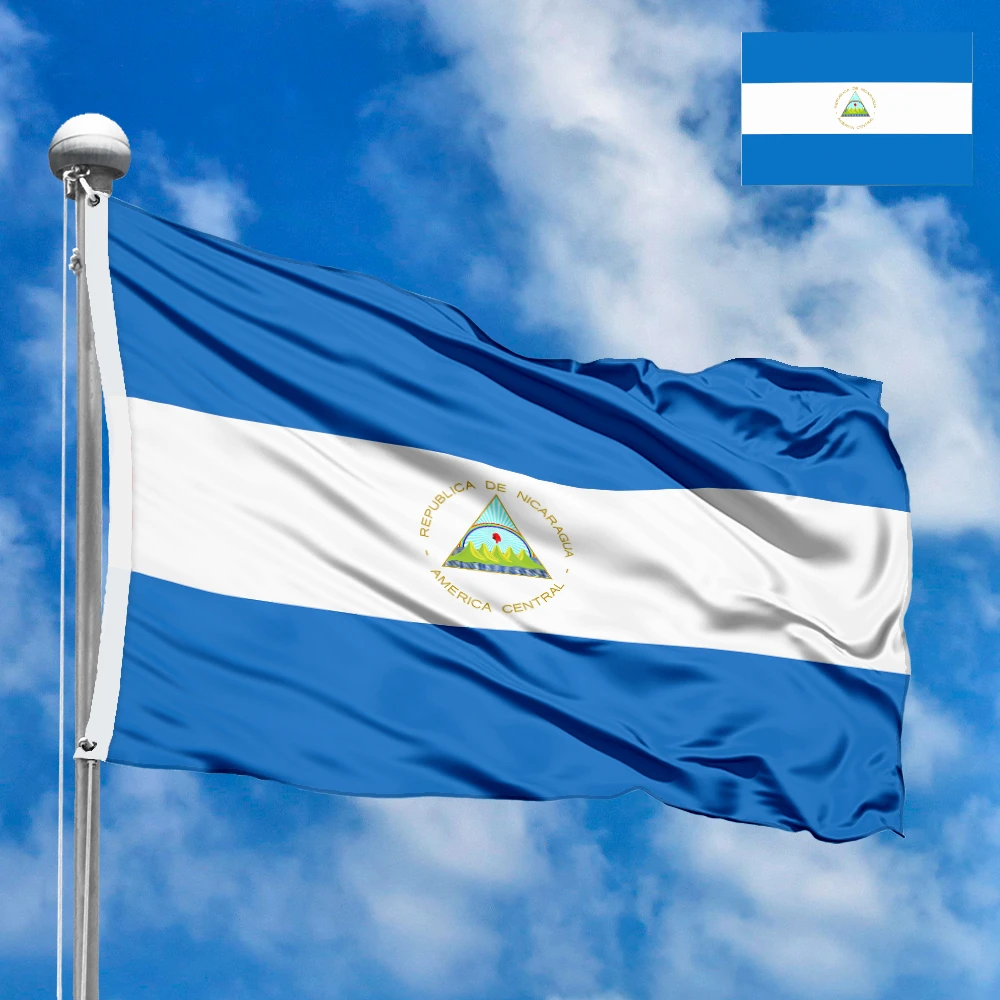
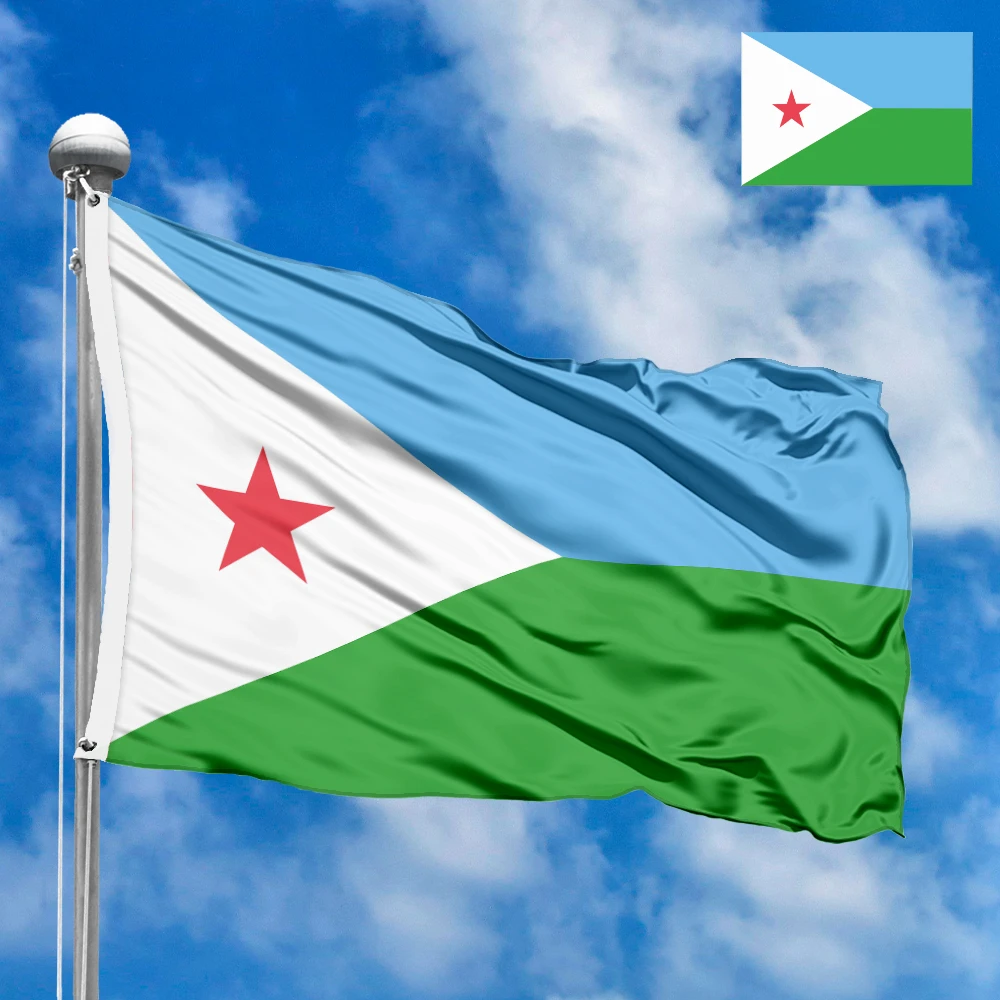
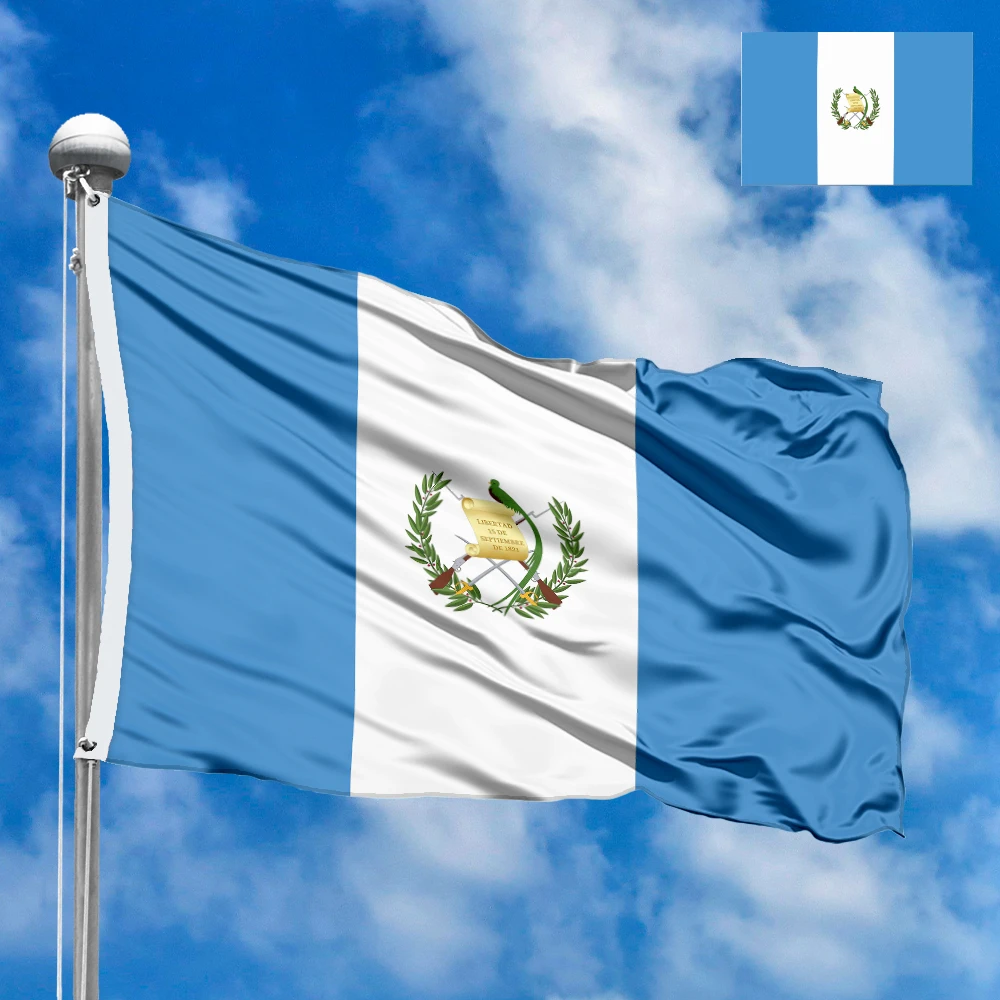




 Sizes:
Sizes:
 Sizes:
Sizes: